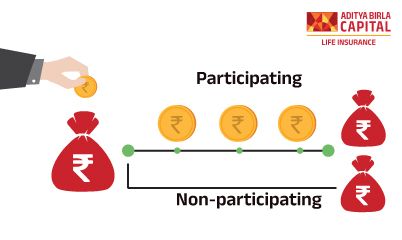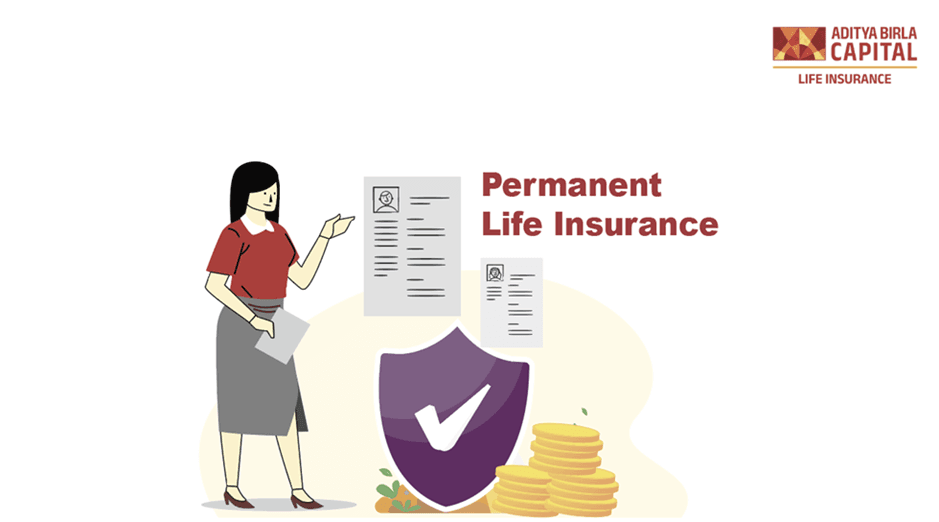Joint Life Insurance Policies

Plan Smarter, Live Better!


- Table of Contents
Advantages Of A Joint Life Policy -
Keeps you and your spouse covered under Life Insurance
If you buy a joint life policy where the sum assured is separate, and your spouse dies during the policy term, you will receive the claim amount and vice-versa. And if both of you, unfortunately, pass away while the policy’s still active, your nominee will receive the claim amount. Therefore, a Joint Life Policy keeps you and your loved ones financially protected.
Simple buying procedure
When you buy a Joint Life Policy, you don't need to go through the buying process of two insurance policies. There will be less paperwork involved, fewer hassles at the time of purchase, etc. - the buying process is easier compared to buying two separate, individual policies.
Easy maintenance
Reduces the hassle of managing separate policies, as two lives are covered under a single plan. It becomes easier to keep track of the policy premiums and renewal.
Affordable premiums
The premium of a Joint Life Policy may be slightly lesser than the premium you will have to pay for two separate life insurance policies.
Waiver/reduction in premiums
Under Joint Life Plans with a separate cover, the insurer will reduce or completely waive off the remaining premiums payable under the policy - in case one of the spouses meets with an unfortunate death. This takes a financial load off of the surviving spouse.
Dual tax benefits
Joint Life Plans also offer tax advantages under the Income Tax% Act of India, 1961.
- Under Section 80C, you can avail tax% deductions on the premiums you pay every year under the policy.
- Under Section 10(10D)$, the claim amount/sum assured paid by the insurance company is also exempt from tax%.
Buy ₹1 Crore Term Insurance at Just ₹465/month*
ABSLI Super Term Plan
Term plan designed for salaried individual.
3 Plan Options
Health Management Service Worth ₹46000
100% return of premium
Life Cover
₹1 crore
Premium:
₹465/month*
Most Popular Calculator
ABSLI DigiShield Plan (UIN: 109N108V13) is a non-linked non-participating individual pure risk premium life insurance plan.
$Sec 10(10D) benefit is available subject to fulfilment of conditions specified therein
%Tax benefits are subject to changes in tax laws. Kindly consult your financial advisor for more detail.
ADV/10/22-23/1933







